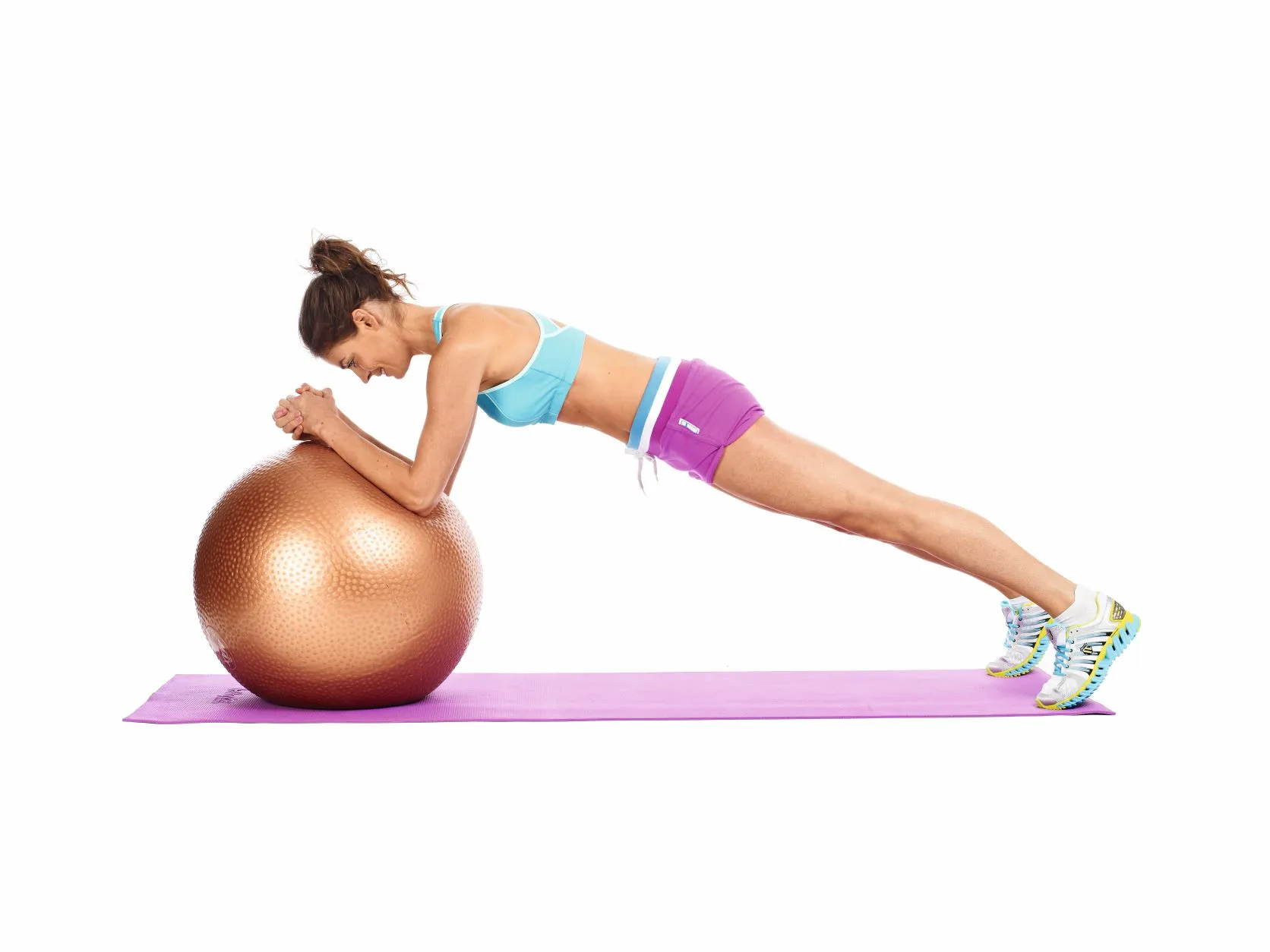WorkOuts
Yoga for Beginners: A Path to Mind-Body
Yoga for Beginners: A Path to Mind-Body Harmony and Well-Being
Yoga, an ancient practice originating in India, has gained immense popularity worldwide for its transformative effects on the mind, body, and spirit. It combines physical postures, breathing techniques, meditation, and relaxation to create a holistic approach to well-being. If you’re new to yoga, it can feel overwhelming to navigate the different styles, poses, and terminology. In this article, we will guide you through the basics of yoga for beginners, exploring its benefits, essential principles, common poses, and tips to establish a sustainable practice.
Understanding Yoga:
Yoga is more than just a physical exercise; it is a philosophy and a way of life. It seeks to unite the mind, body, and spirit, promoting balance, harmony, and inner peace. The word “yoga” itself means union or connection, representing the integration of various aspects of our being.
Yoga combines movement, breath, and mindfulness to cultivate self-awareness, flexibility, strength, and relaxation. It embraces the principle of non-competition and encourages practitioners to honor their bodies’ limitations while exploring their potential.
Benefits of Yoga:
1. Physical Well-Being: Yoga enhances overall physical fitness by improving strength, flexibility, balance, and posture. Regular practice can help alleviate muscular tension, reduce the risk of injuries, improve joint mobility, and enhance body awareness.
2. Mental Clarity and Stress Reduction: Through focused breathing and mindful movement, yoga calms the mind, reduces stress, and promotes mental clarity. It can help alleviate anxiety, improve concentration, and enhance overall well-being.
3. Emotional Balance: Yoga provides a space for self-reflection and emotional release. By cultivating mindfulness and presence, it helps manage emotions, reduce reactivity, and promote a sense of inner calm and balance.
4. Increased Energy and Vitality: The practice of yoga stimulates the body’s energy systems, promoting a natural flow of vitality. Regular practice can boost energy levels, improve sleep patterns, and enhance overall vitality and well-being.
5. Inner Growth and Self-Discovery: Yoga encourages self-reflection, introspection, and self-acceptance. It invites practitioners to explore their inner landscape, connect with their authentic selves, and cultivate self-compassion and self-love.
Essential Principles of Yoga:
1. Breath Awareness: Breath is the foundation of yoga practice. Deep, conscious breathing helps calm the mind, oxygenate the body, and create a connection between the mind and body. Throughout your yoga practice, pay attention to your breath, aiming for slow, steady, and controlled inhalations and exhalations.
2. Mindfulness: Yoga is a practice of being present in the moment. Cultivate awareness of your thoughts, sensations, and emotions as you move through the poses. Practice non-judgment and self-compassion, allowing yourself to fully experience each moment without attachment or expectation.
3. Ahimsa (Non-violence): Ahimsa is the principle of non-violence and compassion toward oneself and others. In yoga, it translates to honoring your body’s limitations and practicing without force or aggression. Listen to your body’s signals and modify poses as needed to prevent injury and create a safe and nurturing practice environment.
4. Sthira and Sukha (Steadiness and Ease): Sthira refers to steadiness, strength, and effort, while sukha represents ease, relaxation, and comfort. In yoga, finding a balance between these two qualities is essential. Engage your muscles to create stability and support in the poses, but also allow yourself to relax and find comfort within the postures.
5. Practice with Consistency and Patience: Yoga is a journey of self-discovery and transformation that requires consistency and patience. Establish a regular practice, even if it’s just a few minutes each day. Be patient with yourself as you learn new poses and explore your body’s capabilities. Remember that progress in yoga is not measured by how far you can stretch or how perfectly you can balance, but by the inner growth and self-awareness that unfolds over time.
Common Yoga Poses for Beginners:
1. Mountain Pose (Tadasana): Stand tall with your feet together, grounding through all four corners of your feet. Engage your leg muscles, lengthen your spine, and relax your shoulders. This pose promotes alignment, balance, and grounding.
2. Downward-Facing Dog (Adho Mukha Svanasana): Begin on your hands and knees, then lift your hips up and back, forming an inverted V shape with your body. Press your hands firmly into the mat, lengthen your spine, and relax your neck. Downward-Facing Dog strengthens the upper body, stretches the hamstrings and calves, and energizes the entire body.
3. Child’s Pose (Balasana): Kneel on the mat, then lower your hips back to rest on your heels. Fold your torso forward and rest your forehead on the mat. Extend your arms or place them alongside your body. Child’s Pose provides a gentle stretch for the back, hips, and shoulders, promoting relaxation and introspection.
4. Warrior I (Virabhadrasana I): Step one foot forward into a lunge position, with your knee directly above your ankle. Extend your arms overhead, palms facing each other. Square your hips forward and engage your core. Warrior I builds strength in the legs and opens the chest and shoulders, promoting focus and stability.
5. Tree Pose (Vrksasana): Stand tall with your feet together. Shift your weight onto one foot and place the sole of your other foot on your inner thigh, calf, or ankle, avoiding the knee joint. Bring your hands together at your heart center. Tree Pose improves balance, concentration, and stability.
6. Bridge Pose (Setu Bandhasana): Lie on your back with your knees bent and feet hip-width apart. Press your feet into the mat, engage your glutes, and lift your hips off the ground. Interlace your fingers beneath your back and roll your shoulders underneath you. Bridge Pose strengthens the glutes, hamstrings, and back muscles while opening the chest and shoulders.
7. Cat-Cow Pose (Marjaryasana-Bitilasana): Begin on your hands and knees, with your wrists directly below your shoulders and knees below your hips. Inhale, arch your back, lift your tailbone, and gaze up (Cow Pose). Exhale, round your spine, tuck your tailbone, and gaze toward your navel (Cat Pose). Cat-Cow Pose increases spinal flexibility, releases tension, and warms up the spine.
8. Corpse Pose (Savasana): Lie flat on your back with your legs extended and arms relaxed by your sides, palms facing up. Close your eyes and focus on slow, deep breathing. Corpse Pose promotes deep relaxation, stress relief, and integration of the yoga practice.
Tips for Establishing a Sustainable Yoga Practice:
1. Find a Qualified Instructor: If possible, attend a few beginner-friendly yoga classes led by a qualified instructor. They can guide you in proper alignment, offer modifications, and provide personalized guidance based on your needs.
2. Start with a Gentle Style: Choose a gentle or beginner-friendly yoga style, such as Hatha, Yin, or Restorative Yoga. These styles emphasize slow-paced movements, deep stretching, and relaxation, making them ideal for beginners.
3. Set Realistic Goals: Approach your yoga practice with a mindset of self-care and nurturing rather than striving for perfection or achieving specific goals. Set realistic expectations for yourself and embrace the process of learning and growth.
4. Create a Dedicated Space: Designate a quiet and peaceful space in your home for your yoga practice. Clear the area of any distractions and make it a welcoming and serene environment where you can fully immerse yourself in the practice.
5. Use Props and Modifications: Don’t hesitate to use props such as blocks, straps, or bolsters to support your practice. These tools can help you achieve proper alignment and make poses more accessible. Additionally, feel free to modify poses to suit your body’s needs and limitations.
6. Listen to Your Body: Yoga is a practice of self-awareness. Pay attention to the sensations in your body and respect its limits. Never force yourself into a pose that causes pain or discomfort. Honor your body’s signals and make adjustments as needed.
7. Practice Regularly: Consistency is key to progress in yoga. Aim for a regular practice, even if it’s just a few minutes each day. Set aside dedicated time for your practice and make it a non-negotiable part of your routine.
8. Embrace Mindfulness and Breath Awareness: Remember that yoga is not just about physical poses; it’s about cultivating mindfulness and breath awareness. Focus on your breath throughout your practice, allowing it to guide your movements and bring a sense of calm and presence to your practice.
9. Be Patient and Gentle with Yourself: Yoga is a lifelong journey, and progress comes with time and practice. Be patient with yourself and embrace the process. Let go of expectations and judgments, and approach your practice with kindness and self-compassion.
10. Explore Different Styles and Teachers: As you progress in your practice, explore different yoga styles and teachers. Each style and teacher brings a unique approach and perspective, allowing you to deepen your understanding of yoga and discover what resonates with you.
Remember that yoga is a personal journey, and each individual’s experience will be unique. Embrace the transformative power of yoga and allow it to guide you on a path of self-discovery, well-being, and inner peace. With dedication, patience, and an open heart, you can cultivate a sustainable yoga practice that supports your physical, mental, and spiritual growth.






